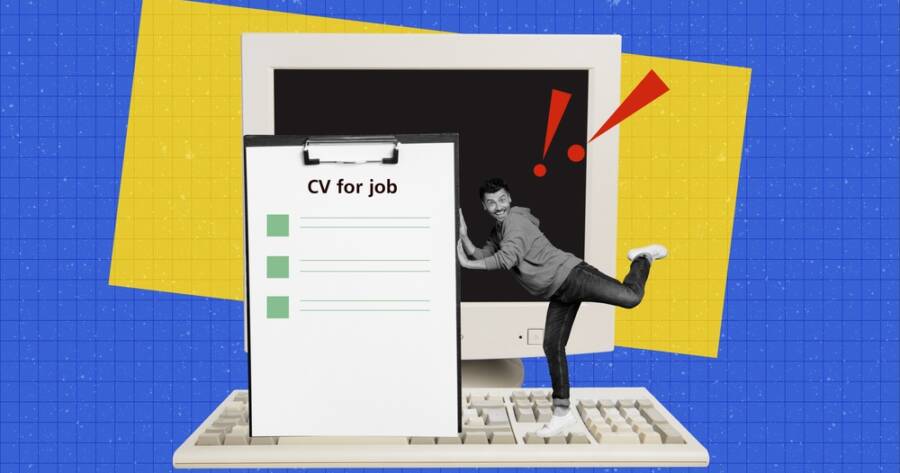Applying for a professional job in today’s competitive market means making a strong first impression—and that starts with a polished, well-crafted resume and cover letter. These two documents are often your only chance to stand out from the crowd and convince a potential employer that you’re the right person for the role. Explore how to create an effective resume and cover letter that can help you land the professional job you’re aiming for.
Step 1: Understand the Job Description
Before you begin writing anything, carefully read the job posting. Identify the keywords, required skills, and preferred qualifications listed. These are the elements you’ll want to mirror in your resume and cover letter. Tailoring your documents to each role significantly increases your chances of getting noticed.
Step 2: Build a Strong Resume
Your resume should be clear, concise, and easy to navigate. Most hiring managers spend only a few seconds scanning each resume, so make it count.
Here’s what to include:
1. Contact Information
- Full name
- Phone number
- Professional email address
- LinkedIn profile or personal website (if relevant)
2. Professional Summary (Optional but Recommended)
A brief 2–3 sentence overview of who you are, your experience level, and what you bring to the table. Keep it tailored to the position.
Example:
“Detail-oriented marketing professional with 5+ years of experience in content strategy, brand development, and social media management. Proven success in growing audience engagement and leading cross-functional teams.”
3. Skills
Include 6–10 relevant skills in a bulleted list. Focus on technical, software, or industry-specific skills. Avoid overly generic terms like “team player.”
4. Professional Experience
List jobs in reverse chronological order. Include:
- Job title
- Company name and location
- Dates of employment
- 3–5 bullet points describing your achievements and responsibilities
Use action verbs and quantify your impact when possible.
Example: “Increased social media engagement by 45% through targeted content campaigns.”
5. Education
Include degrees, schools, graduation dates, and any honors. Add relevant certifications or courses if applicable.
6. Additional Sections
You may include volunteer work, professional memberships, publications, or languages spoken—only if they add value to your candidacy.
Step 3: Craft a Persuasive Cover Letter
Your cover letter is your opportunity to tell a story that your resume doesn’t. It should highlight your interest in the company, connect your experience to the role, and showcase your personality and communication skills.
Structure your cover letter like this:
1. Header
Include your contact information at the top (or use the same header as your resume), followed by the date and the employer’s contact details.
2. Greeting
Whenever possible, address the letter to a specific person (e.g., “Dear Ms. Johnson”). Avoid “To Whom It May Concern.”
3. Opening Paragraph
State the position you’re applying for and a brief sentence or two about why you’re excited about the opportunity and the company.
4. Middle Paragraphs
Use 1–2 short paragraphs to describe how your skills and experiences align with the job requirements. Reference achievements from your resume and explain how they relate to the position.
5. Closing Paragraph
Wrap up by expressing your enthusiasm and thanking the reader for their time. Mention that you’ve attached your resume and are available for an interview.
Example closing line:
“I’m excited about the opportunity to bring my project management skills to your team and contribute to your continued success. Thank you for considering my application.”
Final Tips for Both Documents
Keep it to one page each. Hiring managers appreciate brevity and clarity.
Use clean, professional formatting. Stick to easy-to-read fonts like Arial or Calibri and avoid excessive colors or graphics.
Proofread! Typos or grammar errors can cost you the job—run both documents through a spelling and grammar checker, or ask someone else to review them.
Put Your Best Foot Forward
A compelling resume and cover letter are your ticket to getting in the door for interviews. By showcasing your skills, tailoring your message to each job, and presenting your experience clearly and professionally, you can give yourself a strong advantage in the job market. Take your time, be thoughtful, and always aim to reflect your best, most capable self on the page.

